CAR-T Therapy Shows Promise as First-Line Treatment for Patients With High-Risk LBCL
By Cameron Kelsall, /alert Contributor
December 4, 2020
Axicabtagene ciloleucel, an autologous anti–CD19 CAR-T therapy, exhibited strong clinical benefit with a manageable safety profile as a first-line treatment for patients with high-risk large B-cell lymphoma (LBCL), according to an interim analysis of a phase 2 trial presented at the ASH Annual Meeting.
Patients with high-risk LBCL represent a high unmet critical need, as they often experience negative outcomes when treated with standard chemoimmunotherapy. More than 50% of patients do not achieve lasting disease remission.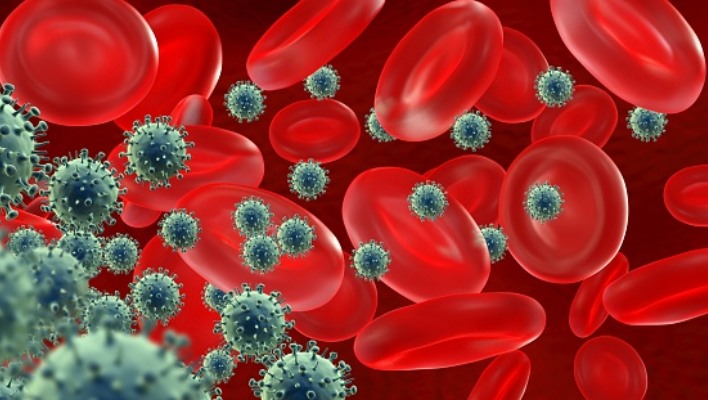
The FDA previously approved axicabtagene ciloleucel for the treatment of patients with relapsed/refractory LBCL following two previous lines of systemic therapy based on the previously reported ZUMA-1 trial.
Sattva S. Neelapu, MD, professor and deputy department chair, lymphoma/myeloma, The University of Texas MD Anderson Cancer Center, and colleagues initiated the open-label, phase 2 ZUMA-12 study to evaluate axicabtagene ciloleucel as a first-line therapy for high-risk patients with LBCL.
The criteria for study inclusion were double- or triple-hit lymphoma by fluorescent in situ hybridization (FISH) per investigator or LBCL with International Prognostic Index (IPI) score of 3 or greater, and positive interim PET per Lugano Classification after 2 cycles of an anti‑CD20 monoclonal antibody and an anthracycline containing regimen.
Patients enrolled in the study underwent leukapheresis and optional nonchemotherapy bridging by investigator discretion, followed by a 3-day chemotherapy conditioning regimen (500 mg/m2 cyclophosphamide and 30 mg/m2 fludarabine per day). A single infusion of axicabtagene ciloleucel was then administered at a target dose of 2×106 CAR-T cells/kg.
Investigator-assessed complete response rate served as the study’s primary endpoint. Objective response rate (ORR), adverse event frequency, and observable levels of CAR-T cells and cytokines in patient blood and serum served as secondary endpoints.
The interim analysis included data from 15 patients (median age, 60 years; 67% men; 73% EGOC of 1; 60% double- or triple-hit lymphoma by FISH).
Response was evaluable in 12 patients. The researchers observed a 75% complete response rate (95% CI, 43-95), with an ORR of 92% (95% CI, 62-100) and 75% of responses ongoing at the time of reporting. An investigator assessment of the safety population, which included all 15 patients, showed a complete response rate of 80% (95% CI, 52-96) and ORR of 93% (95% CI, 68-100), with 86% of responses ongoing.
In total, 80% of the safety population experienced grade 3 or higher adverse events, the most common of which included white blood cell count decreased (40%), anemia (27%) and encephalopathy (27%). The researchers observed grade 3 or higher cytokine release syndrome (CRS) in 27% of patients and neurological events in 20%; all cases of CRS and all but one neurological event (grade 1 tremor) resolved by the time of reporting.
The median time to CRS onset was 4 days (range, 1-8), with a median duration of 5 days (range, 2-12). The median time to neurological event was 9 days (range, 2-44), with a median duration of 10 days (range, 1-40).
Grade 3 or higher infections occurred in 27% of patients and grade 3 or higher neutrophil count decreased occurred in 20% of patients, but no grade 5 adverse events were observed.
Compared with data from ZUMA-1, the researchers observed greater median peak CAR-T cell levels in the ZUMA-12 population (131 cells/µL vs. 32 cells/µL) and greater median CAR-T expansion (1124 cells/µL×d vs. 357 cells/µL×d). The median time to peak CAR-T levels was 7 days postinfusion.
“ZUMA-12 is the first study evaluating CAR-T therapy as first-line therapy in high-risk LBCL, which notably was defined by both histology and/or IPI and dynamic risk assessment with PET scan,” the researchers concluded. “Axicabtage ciloleucel demonstrated significant clinical benefit in patients for whom there is an unmet medical need. The study also provides new insights into the pharmacology of CAR-T cell therapy for patients exposed to fewer prior therapies.”
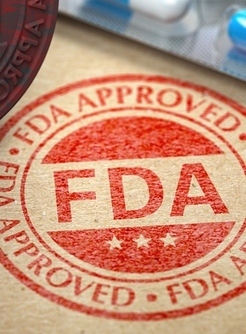
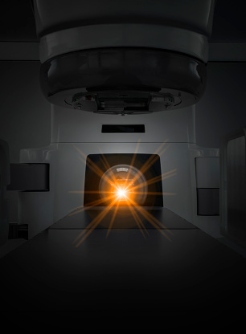
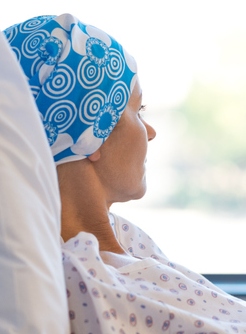
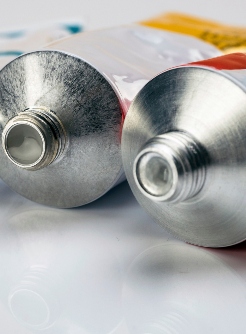
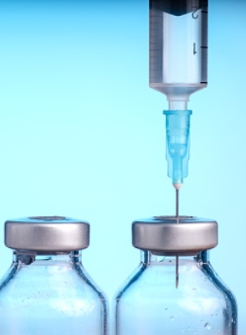
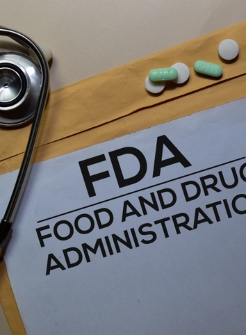

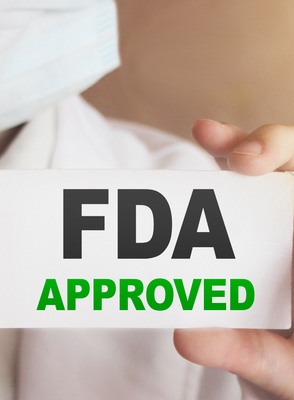
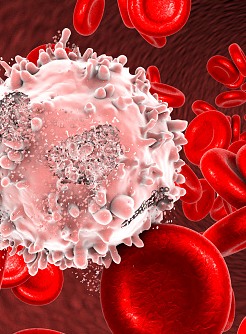
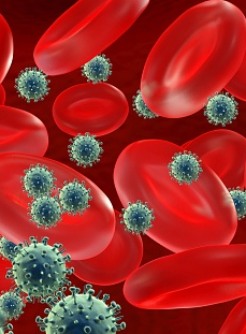


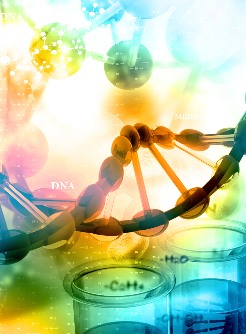
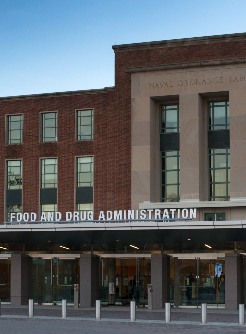
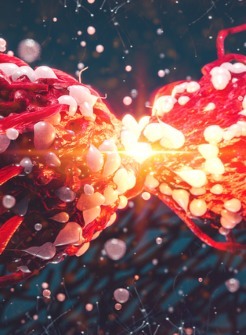
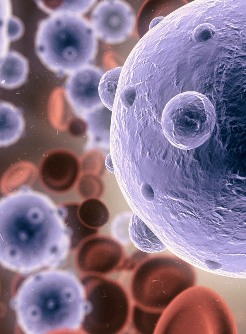
.jpg)
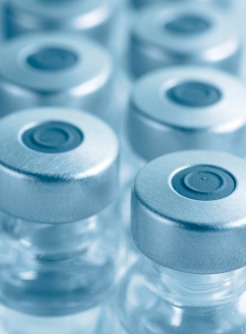
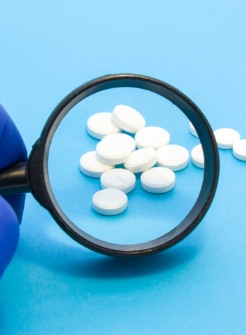

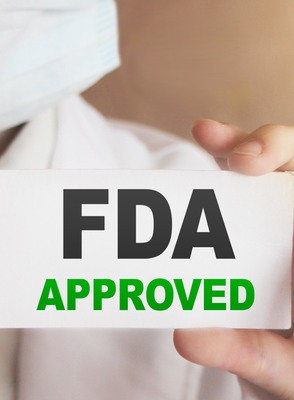
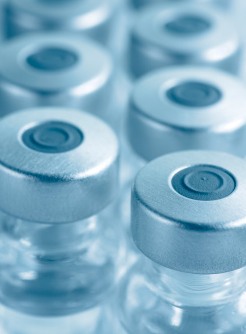
.jpg)



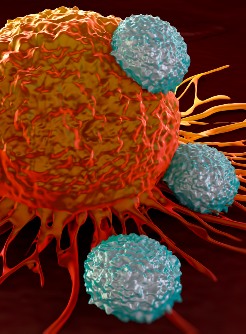
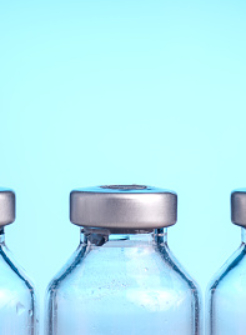
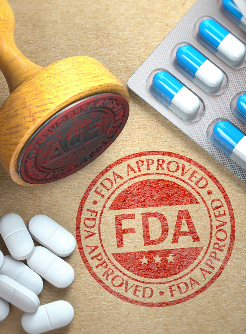
.jpg)
.jpg)
.jpg)
.jpg)
.jpg)
.jpg)
.jpg)

.jpg)
.jpg)